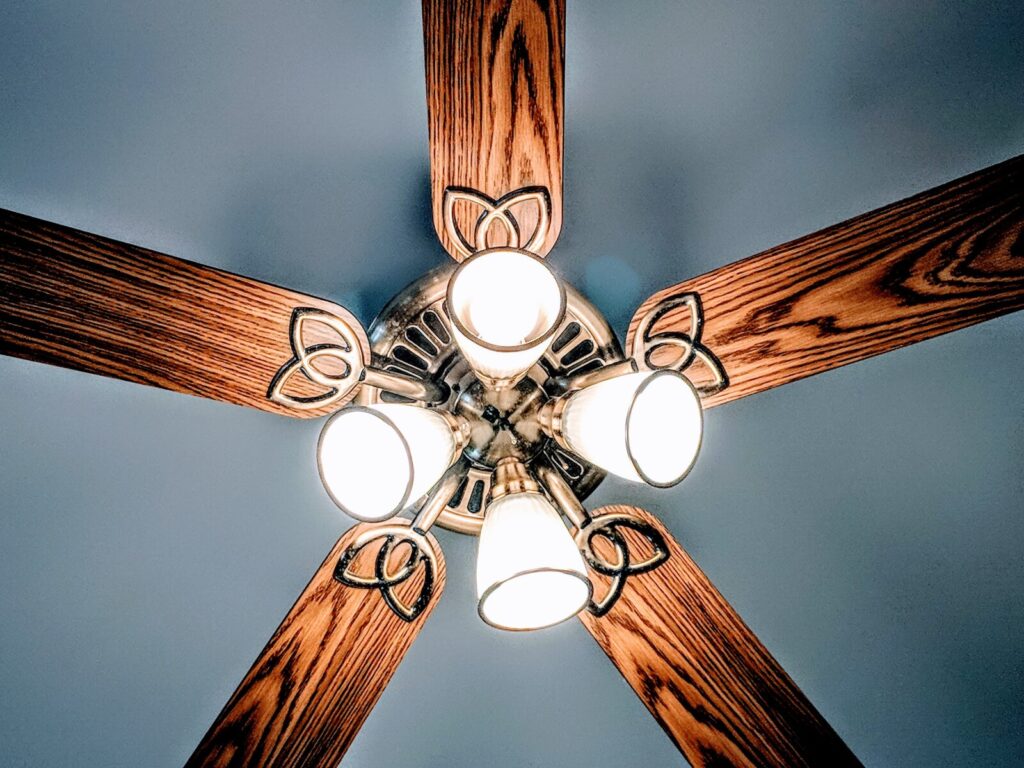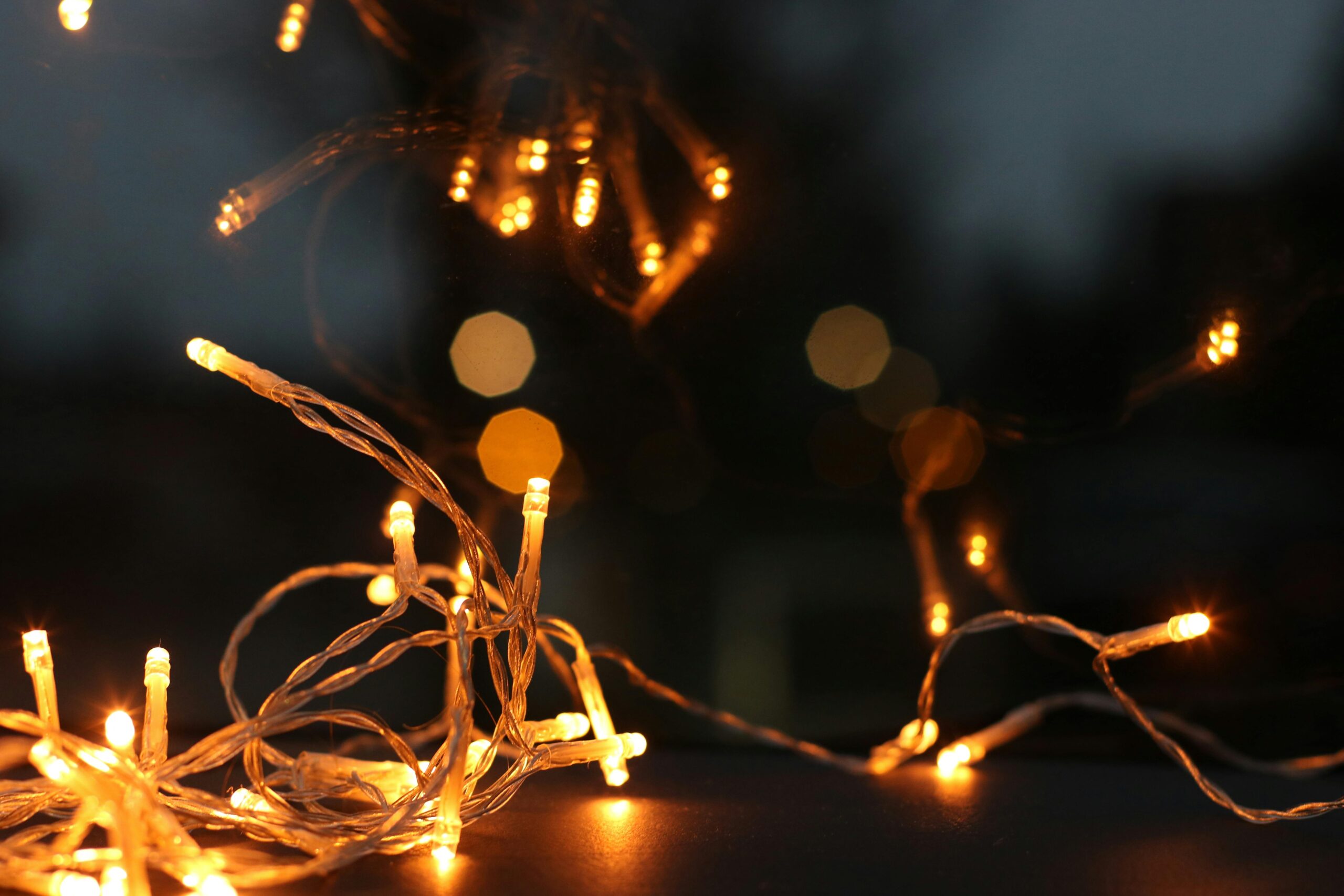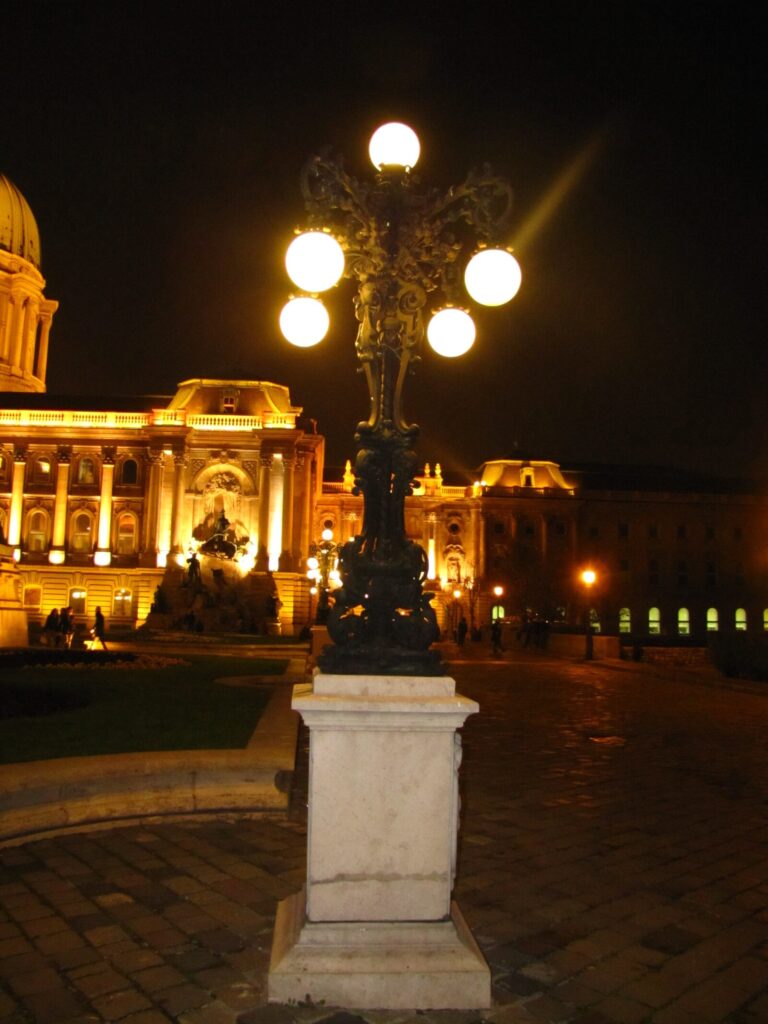Everything You Need to Know About Chandelier Crystals
What could be more luxurious than a chandelier? The word evokes images of sweeping staircases, crystal ballrooms, and even the occasional princess. But you don’t need to be royalty to have an elegant light fixture hanging in your home. In this guide, we’ll talk about types of crystals and cuts so that you can find the perfect one for your bedroom, dining room, or foyer—or wherever else you decide to install it!
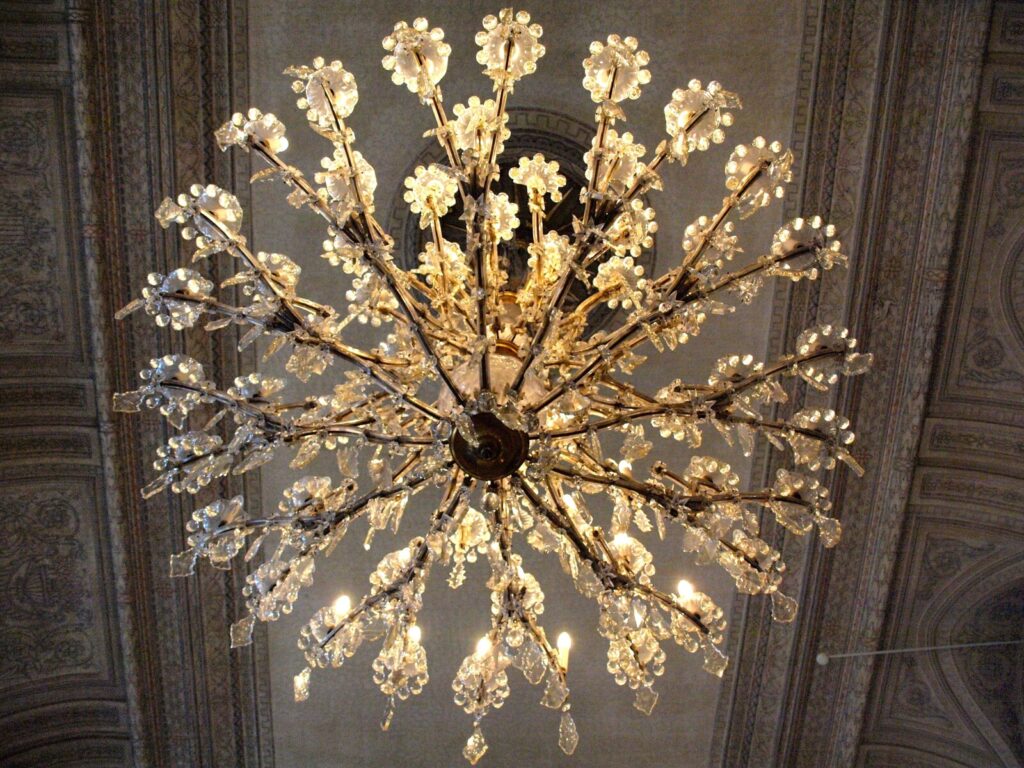
Everything You Need to Know About Chandelier Crystals
The Basics Of Chandelier Crystals
In the world of chandeliers, there are two main types of crystals. Crystalline and non-crystalline. They are both made with the lead but differ in their manufacturing process.
Half lead and full lead crystals are machine cut, while hand-cut crystals are cut by hand using tools such as a diamond saw or lapidary grinder (you can watch videos here). Both have their pros and cons; one may be more affordable than the other but might have fewer options for shape and size.
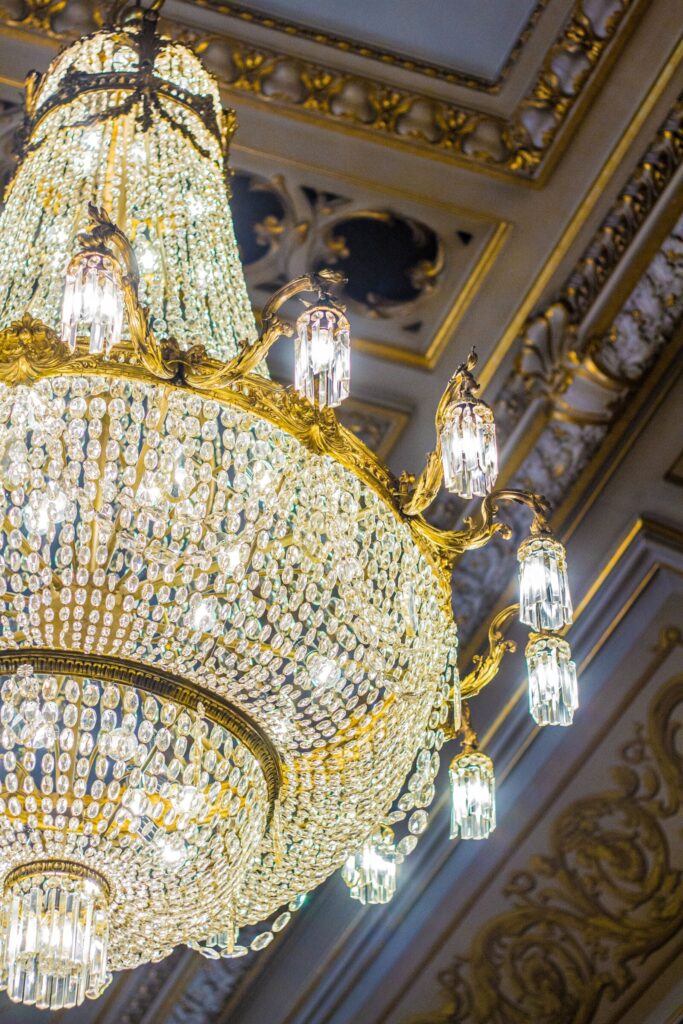
The Basics Of Chandelier Crystals
Types Of Chandelier Crystals
There are three main types of chandelier crystals.
- Rock crystals: These are clear, transparent crystals that come in various colors and look like they were formed naturally. The most common colors are clear, amethyst (purple), blue, green, and pink. Rock crystal is the most affordable chandelier crystal but requires diligent cleaning and polishing to keep them looking its best.
- Colored crystals come in a wide array of colors that can be used as accents or the primary color for your chandelier design. Colored crystals are more expensive than rock-crystal chandeliers but will last longer and require less maintenance overall because they’re less porous than rock-crystal offerings by nature—which means less dirt gets trapped inside them over time!
- Egyptian or Gemcut “cut”: This type of cut is explicitly designed for chandeliers; it features flat edges rather than round ones like those found on other types. The result? A more modern look with smooth lines that complement almost any style home decorating theme!
Chandelier Crystal Cuts
The octagon is a cut that is more common in larger chandeliers. It has eight sides, and the facets are all equidistant. This means it looks like a hexagon with its six sides cut off and flattened. The octagon crystal cuts show off the inner beauty of the crystal, which makes them very popular for use in chandeliers and other lighting fixtures where they will be visible.
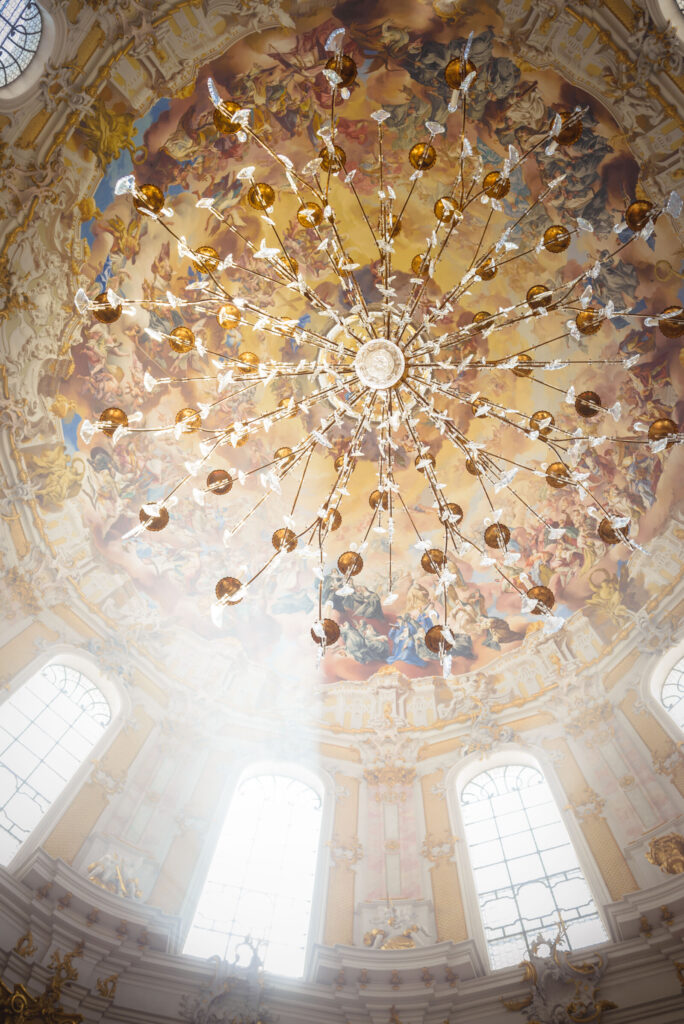
Chandelier Crystal Cuts
The icicle style consists of many small triangular facets on each side of the stone; these facets produce an effect similar to that created by tiny prisms falling over one another. When light passes through this type of crystal, it will appear to dance around inside your chandelier crystals like water droplets falling through snowflakes.
The spear cut produces long, narrow prismatic crystals with pointed ends on one or both ends (usually both). These crystals can look like miniature icicles hanging down from your ceiling or sparkling raindrops sliding down window panes during showers!
You Might Not Be Able To Differentiate Between Them All
- Chandelier crystals come in many shapes, but the most common are faceted and round.
- There are three different cuts: carat cuts, square cuts, and freeform.
- Some chandelier crystals have more than one cut—for example, combining a high-end rectangular shape and a low-end round shape would produce a brilliant cut.
- The size (in millimeters) of your chandelier crystal can indicate its value or quality. A larger size will reflect more light, so they often cost more to purchase than small ones. This isn’t always true, though—some people prefer smaller sizes because they say they look better when hung closer together on a chain link.
- Colorless crystals are perfect if you want something that won’t distract from underneath them–like white fabric or pale walls–, but colorful ones can add excitement to any space!
Conclusion
So, you’ve got a chandelier with crystals, but you’re not sure what type of crystals they are. You want to clean or replace them, but you don’t know what kind you need. As shown in this article, there are many different types and cuts of chandelier crystal on the market—and some are more expensive than others! Hopefully, now that we’ve covered everything from the basics to the most advanced aspects of chandeliers with crystals, you’ll be able to decide about your lighting fixture and whether it’s worth buying new fixtures for those special occasions where the only crystal will do.
